Jonathon Reed and Asad Chishti are cycling 15,000 km from the Atlantic coast of Canada to the Arctic and Pacific Oceans. Throughout the six-month expedition, they are documenting unheard stories within the Canadian landscape through the lenses of their cameras. This is the third of a series of dispatches from the wild and windy roads of the north — read the first here and second here.
I’m now in Prince Rupert, almost five months after leaving St. John’s on the Atlantic coast. In regards to contributing to the 500px blog, it’s been a bit of a lesson in humility. We had planned a larger-scale series across the country, but the challenge of photographing, interviewing, researching, writing—and on top of that bicycling essentially from sunrise to sunset every day kept us busy.
The journey has also been challenging in terms of photography. My personal style is the documentation of human-centred stories in wilderness landscapes. On a bicycle, however, I’ve been inherently tethered to the road. There’s always the asphalt, the gravel, the sound of vehicles going by. We’ve cycled through some of Canada’s magnificent landscapes — the Cabot Trail, the Lake Superior coast, the Sentinel Range of the Rocky Mountains — but essentially viewed them from the highway. So I haven’t been able to get the kinds of photographs that I expected before this journey began.
It’s hard to justify hiking any distance for a photo, for example, when you’re cycling 120 km against a headwind and you have 40 km to go before setting up the tent.
For months, however, I looked forward to cycling the Dempster Highway in the Yukon and Northwest Territories. The Dempster is a 770-km gravel road that extends over mountain ranges, permafrost and the Mackenzie Delta from Dawson to Inuvik. It would be, I hoped, a human-centred story in a wilderness landscape.
Throughout British Columbia, my anticipation increased. The day we left Dawson City, I smiled with mud on my lips and rain in my eyes. This was it.
Find what you love, and photograph it. Even when it’s not easy. Even when it’s not perfect. Even when it takes four months and an entire country to get to. Below are some of my favourite photos from the Dempster Highway, along with a description of how I got the shot. I hope you’re inspired to get out there and do your absolute best.
I didn’t take many photos on the first day. We were still below the treeline, the road was choked with mud and the sky was low with clouds. At this creek, however, I decided to stop, because I liked how the semi-clear water took on the colour of the surrounding trees. The major challenge of this photo was fixing the overexposure of the white water in the lower left of the frame. It took an adjustment brush dropping the exposure and highlights to make that part of the water look more natural. It bothers me, though, that there’s no visual explanation for the moving water. (It was coming out of a culvert that I didn’t figure out how to photograph aesthetically.) So it’s imperfect. But it was a start.
An unrelenting crosswind poured off the Richardson Mountains and pressed against my jacket, trying to reach down my neck. A squirrel stared impassively at me, fur ruffling in the cold. We hiked into the tundra a short ways to photograph the landscape. I grabbed the red ‘Keep Exploring’ flag because I knew it would show off the wind.
Again, the style of the photo was monochrome. While the creek south of Tombstone Territorial Park had been green-yellow, this was orange-red. I could have framed this more intentionally and gone for a more formal body posture, but I felt like the candid nature of the photo fit with the wildness of the wind. Photographing flags is tricky. I usually wait for gusts of wind and then shoot bursts of photos. In at least one of the dozens of shots I get the quickly-moving fabric positioned aesthetically.
Wright Pass was covered in ice. Clouds touched the ground. Icicles hung off road signs in the direction of the wind. My breath rolled warm against my cheeks and condensed in the air behind me. This was the Arctic that I had longed to photograph. The texture of this photo still gets me excited—the grey and white of the wet gravel, the faded blue of the mountain peaks, the unevenness of the tundra ice. The most intentional part of setting up this shot was choosing the puddle and tire tracks for the foreground. The landscape did the rest by itself.
The ice faded as we descended towards the Peel River Plateau. The sun was warm, but I could still feel the cold breath of the mountain pass. The road lifted over glacier-etched hills as we left the Richardsons behind, but before the mountains were gone entirely I stopped and shot this photo from the road. Again, it’s not perfect. I wish the focal point of the middle peak was larger and more striking. But what the photo was meant to capture was the transition from the lower reaches of tundra to the ice and snow on the peak. It felt rare to see the snow disappear without a treeline cluttering the view.
The coast in Tuktoyaktuk was windswept and grey. Ocean-smoothed stones littered the beach along with a few grey whale bones. I didn’t know what it was about wood’s flotation and waves and tides, but along the coast there were large collections of driftwood just like this. I wanted to demonstrate the mass of wood, but also highlight the distant houses in the background. I tried getting lower to the wood but decided that if the focal point was the houses, I had to avoid getting too close to the foreground. The texture of the driftwood was a bit distracting, but I hoped that the lines of the logs on the left and right sides of the frame would lead the eye to the strip of grass and houses along the horizon.
It was around 4:30 AM. The aurora ebbed and flowed, growing into a strong band across the southern sky then dissipating into moving strings straight above. I set the camera to a thirteen-second exposure and watched the lights in between the stars. We were on the outskirts of Inuvik above the east channel of the Mackenzie River, so I was limited in terms of foreground. A fence blocked the view so I took this from a playground structure.
In hindsight, though, I wished I had used the wireless function on my phone to shoot a frame with myself in the foreground, using a headlamp to illuminate my body briefly during the exposure. In the moment, however, I was caught up watching the sky. I’ll get a better composition next time.
These photos aren’t perfect, and some of my descriptions have demonstrated that. I know I didn’t get ideal pieces—but I also know that I did my best. For me, the power of a photograph is the power of a story, and these photos come with a great adventure. To improve my photography, then, I suppose I’ll have to have another.
Check out more photos from the adventure by following Jonathon on 500px @jonathonreed, and his blog, Exposure — stay tuned for at least one more blog from the islands of British Columbia.

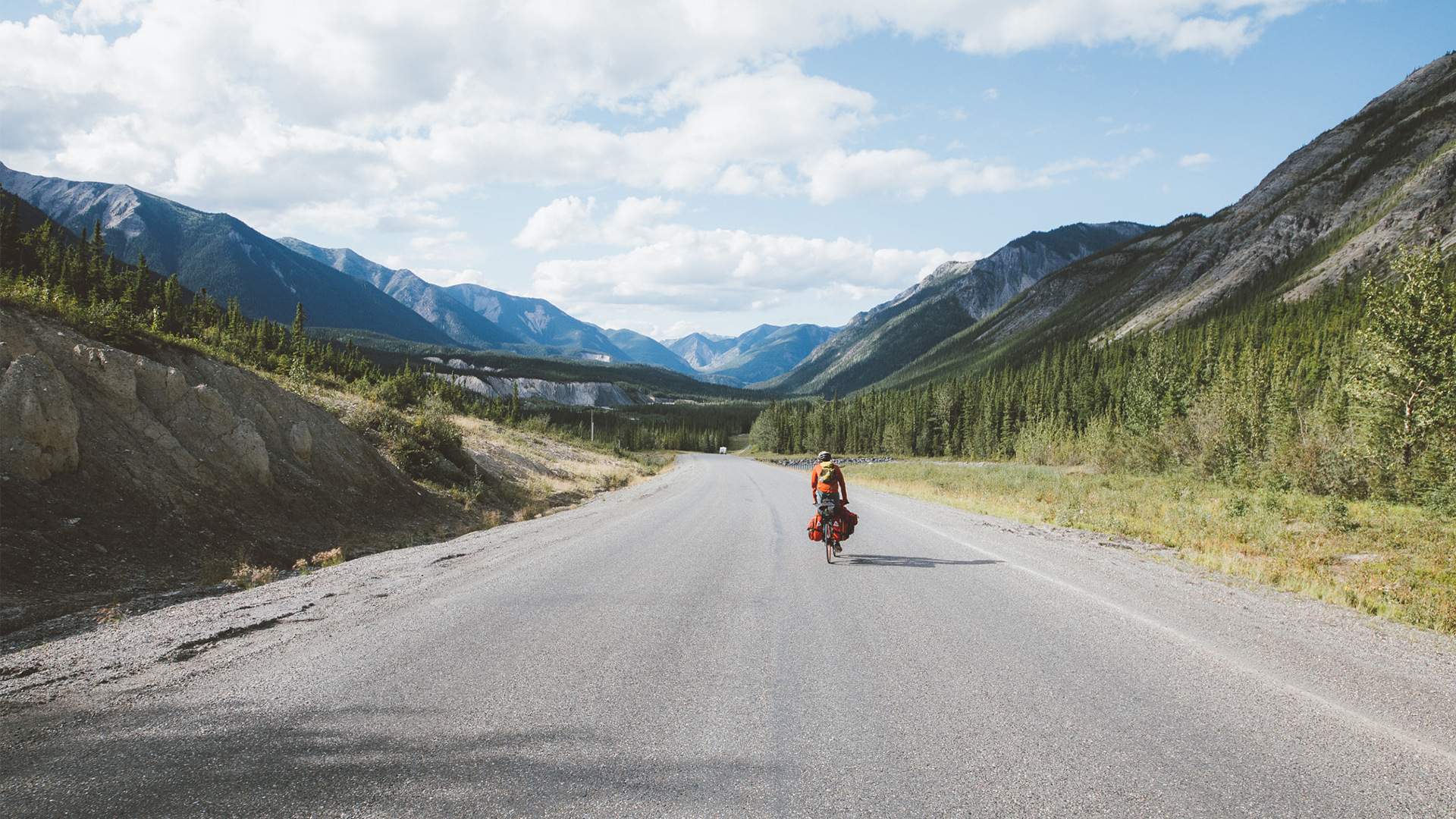


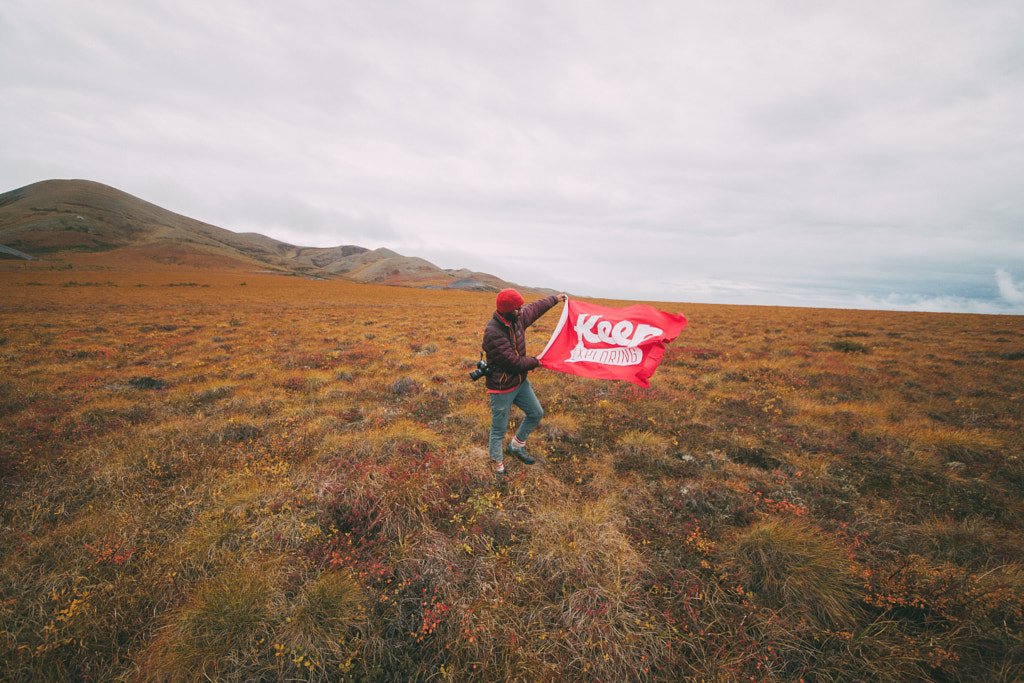
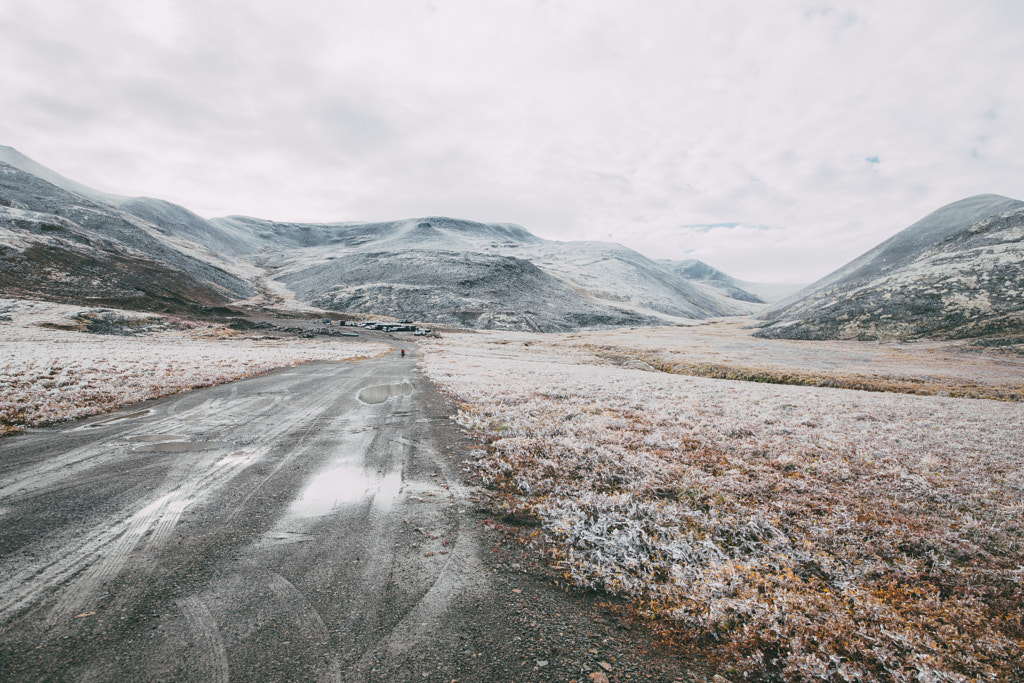

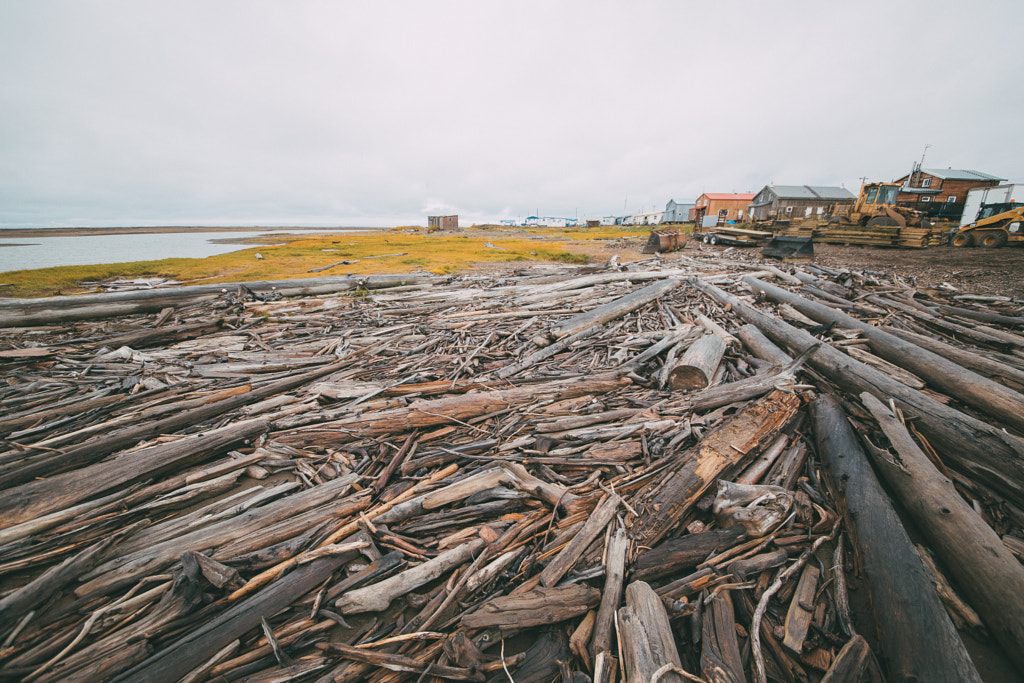

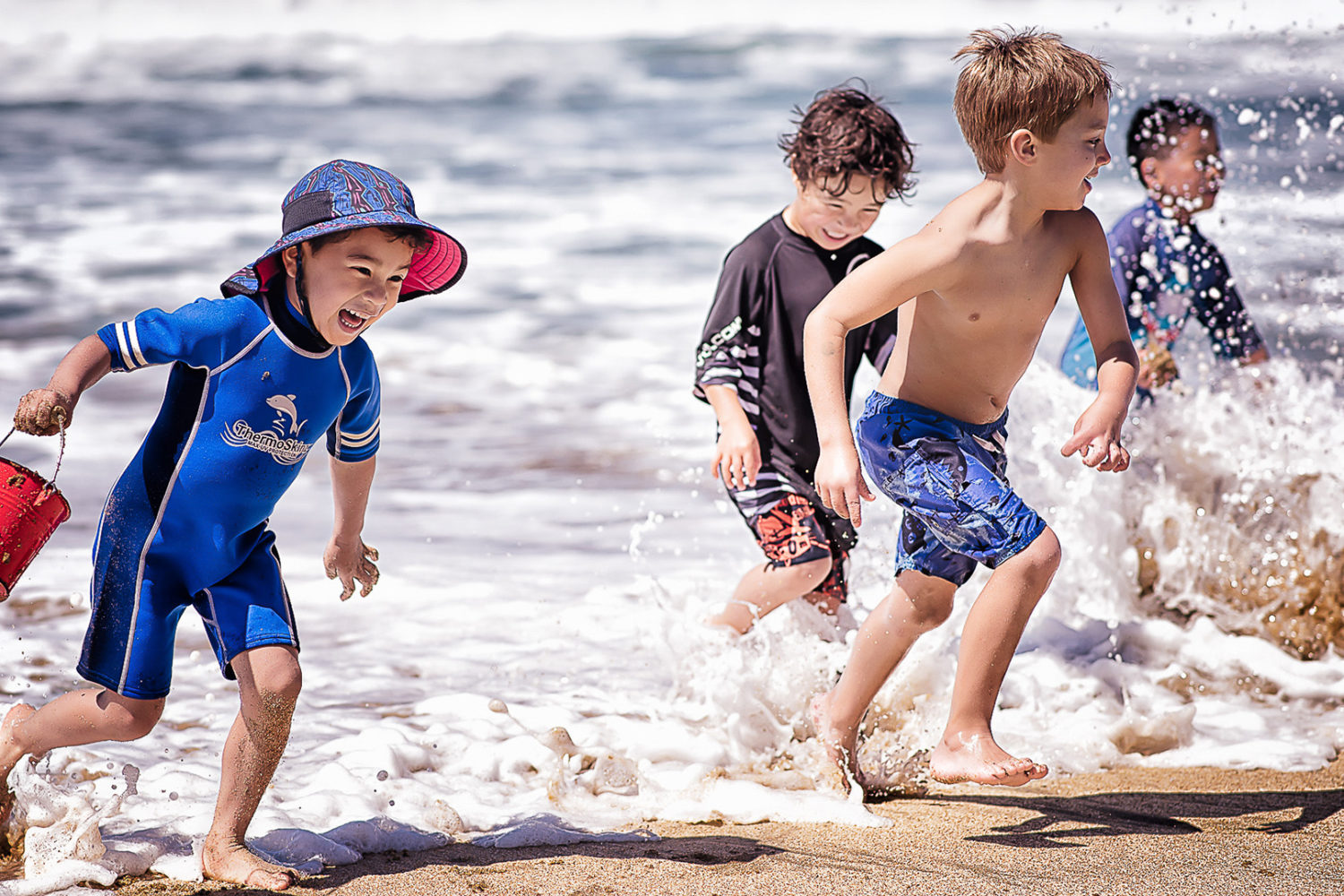
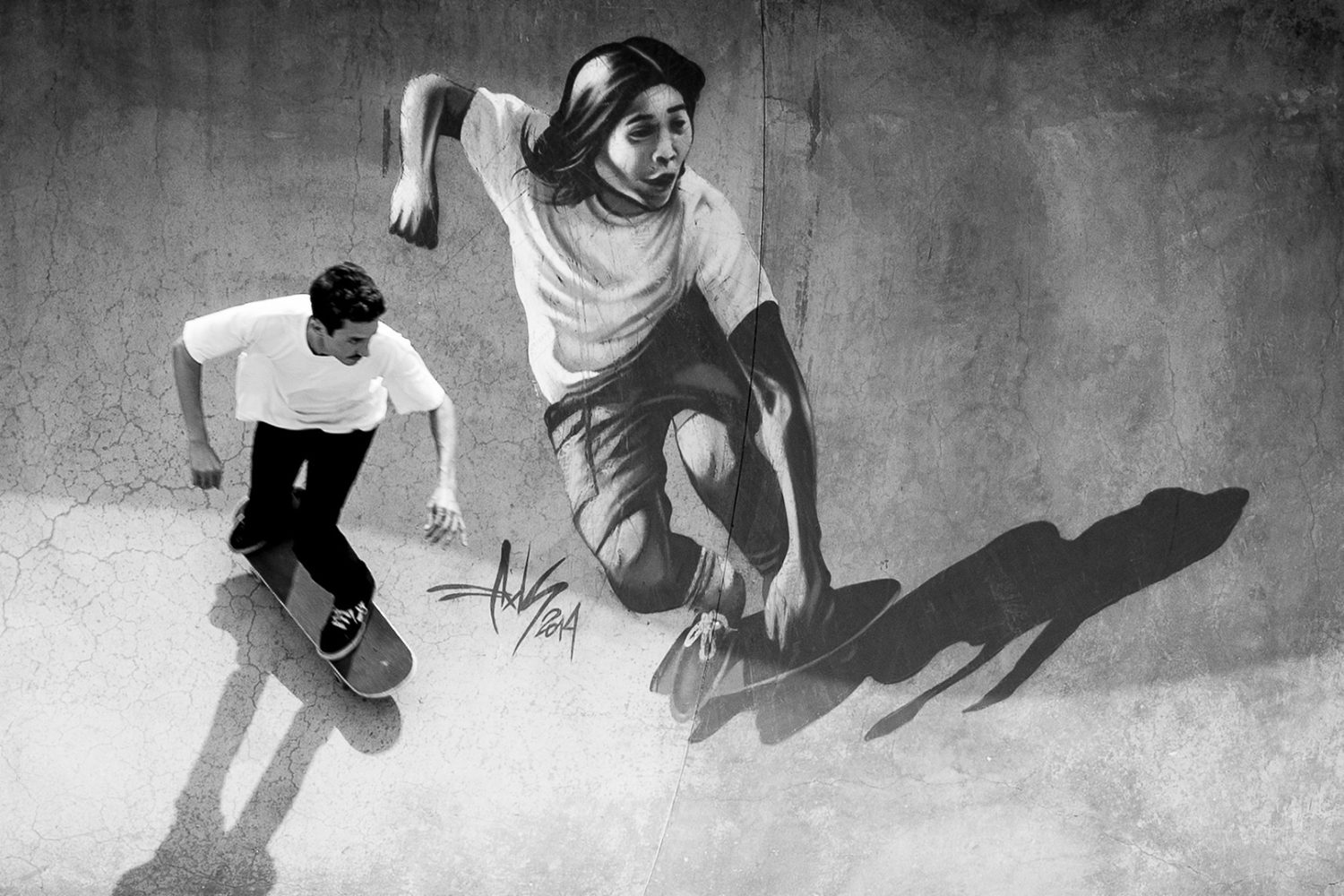
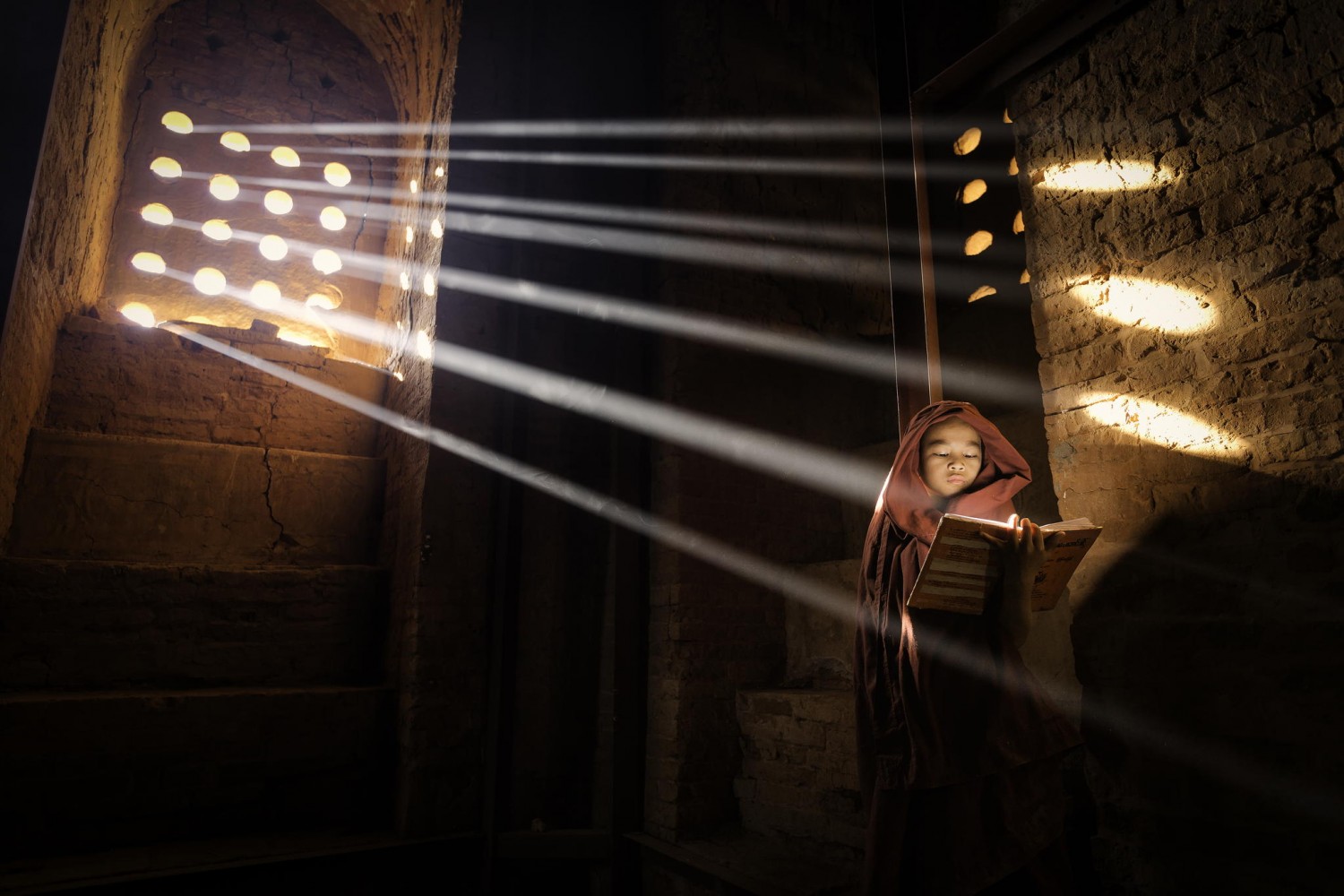
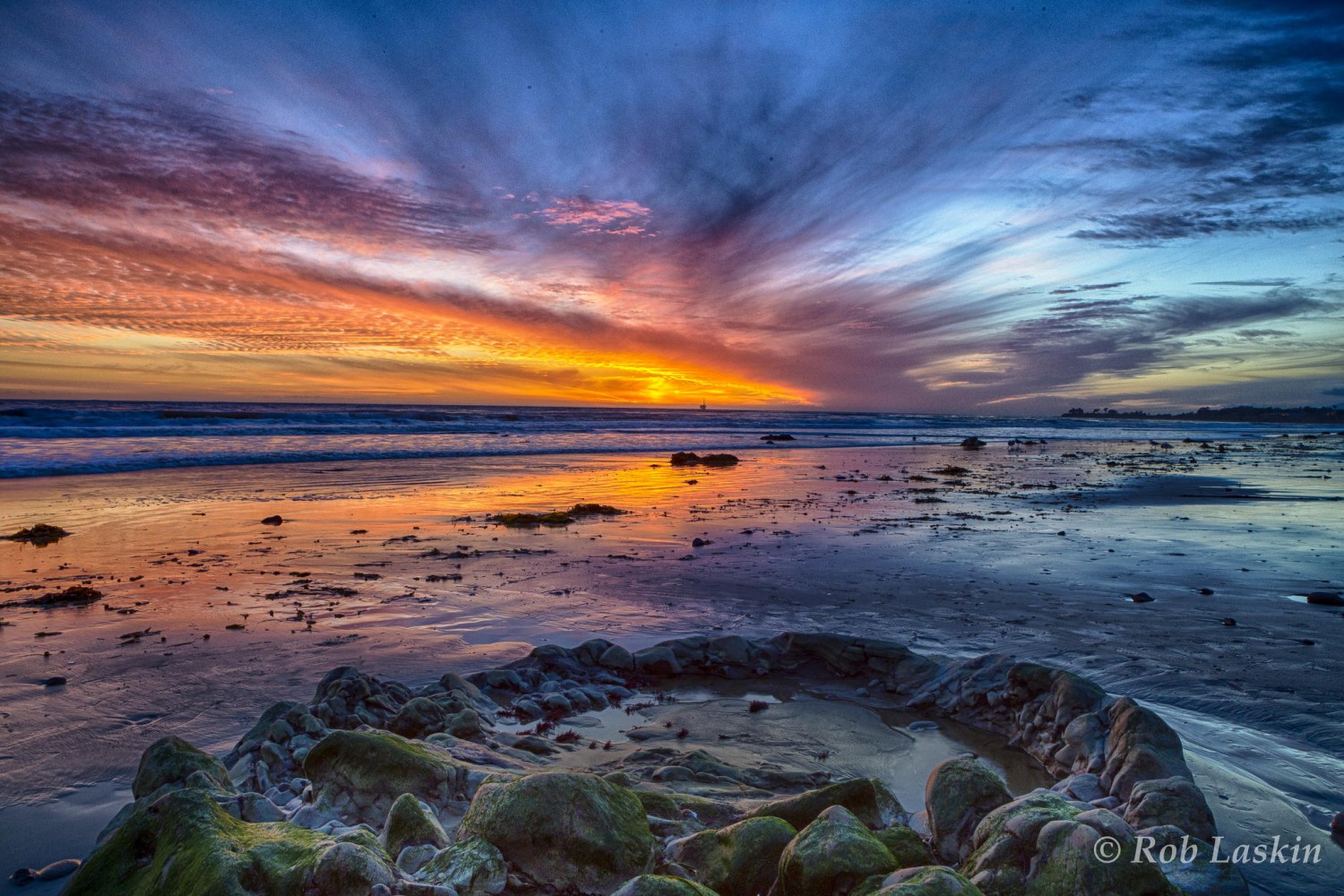
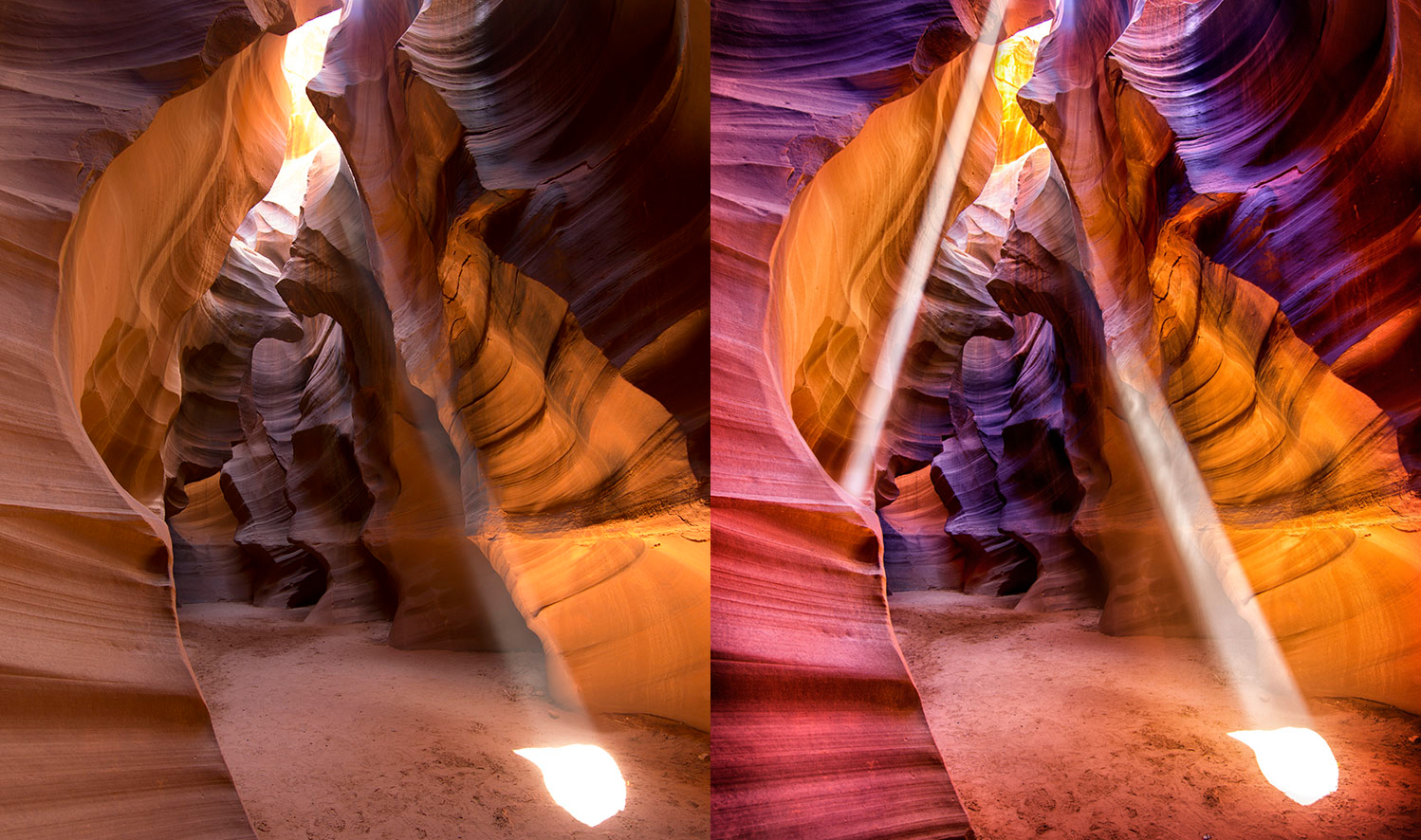
Leave a reply